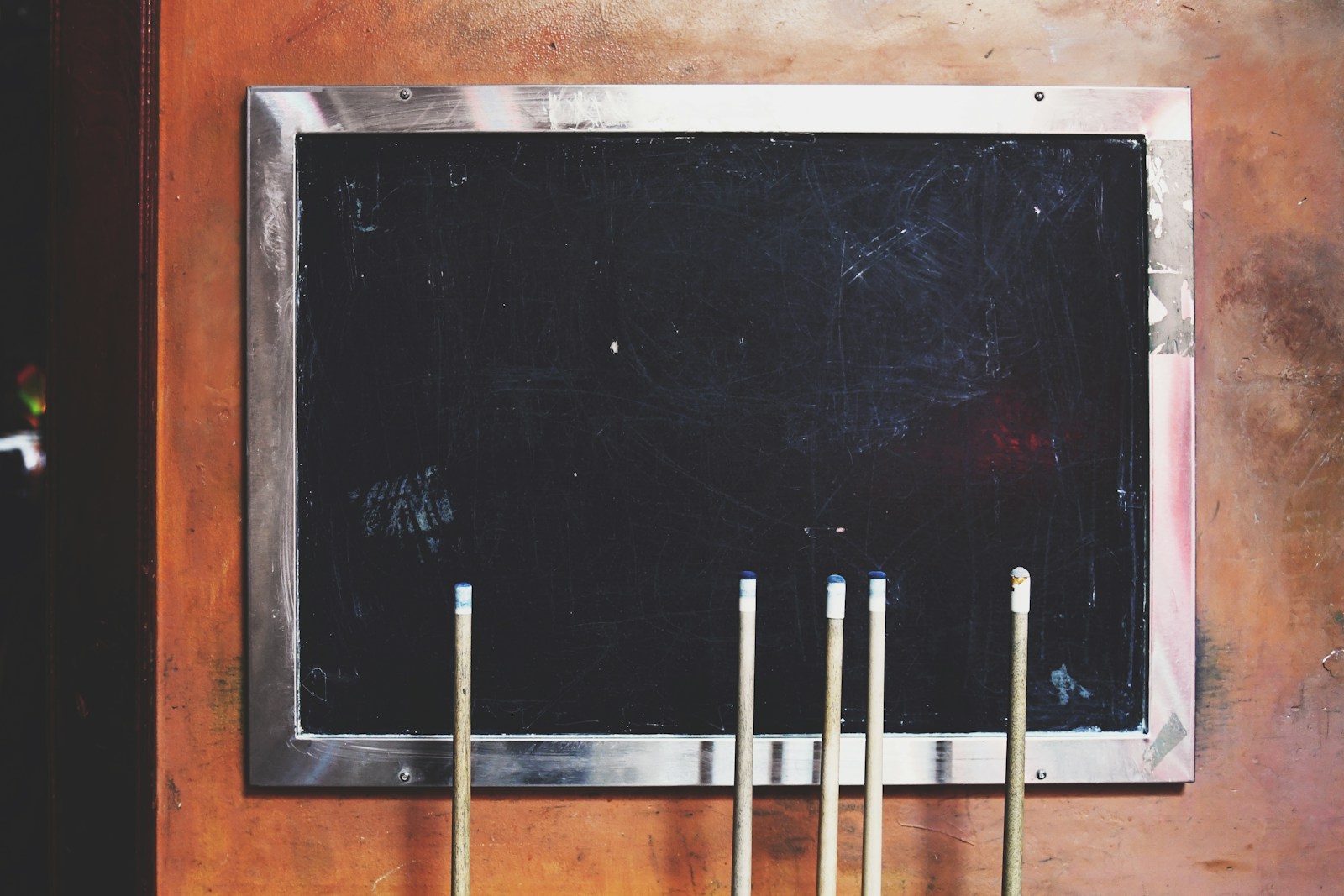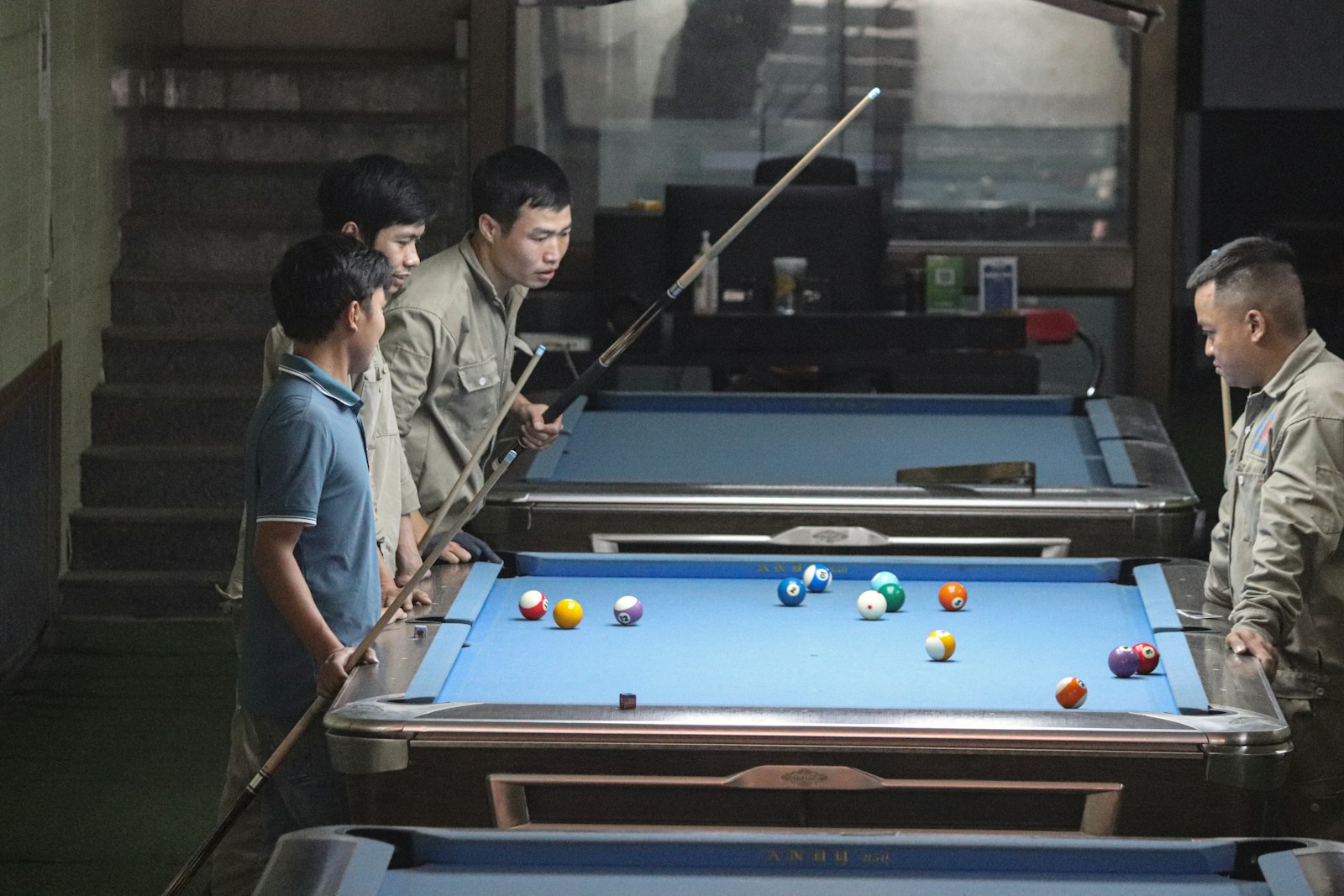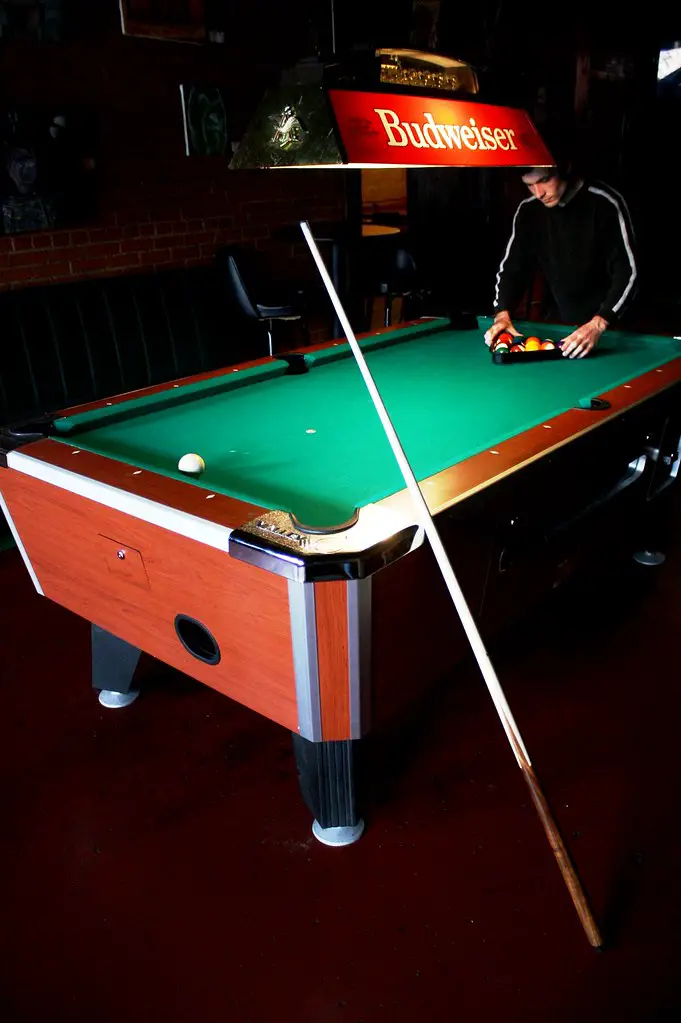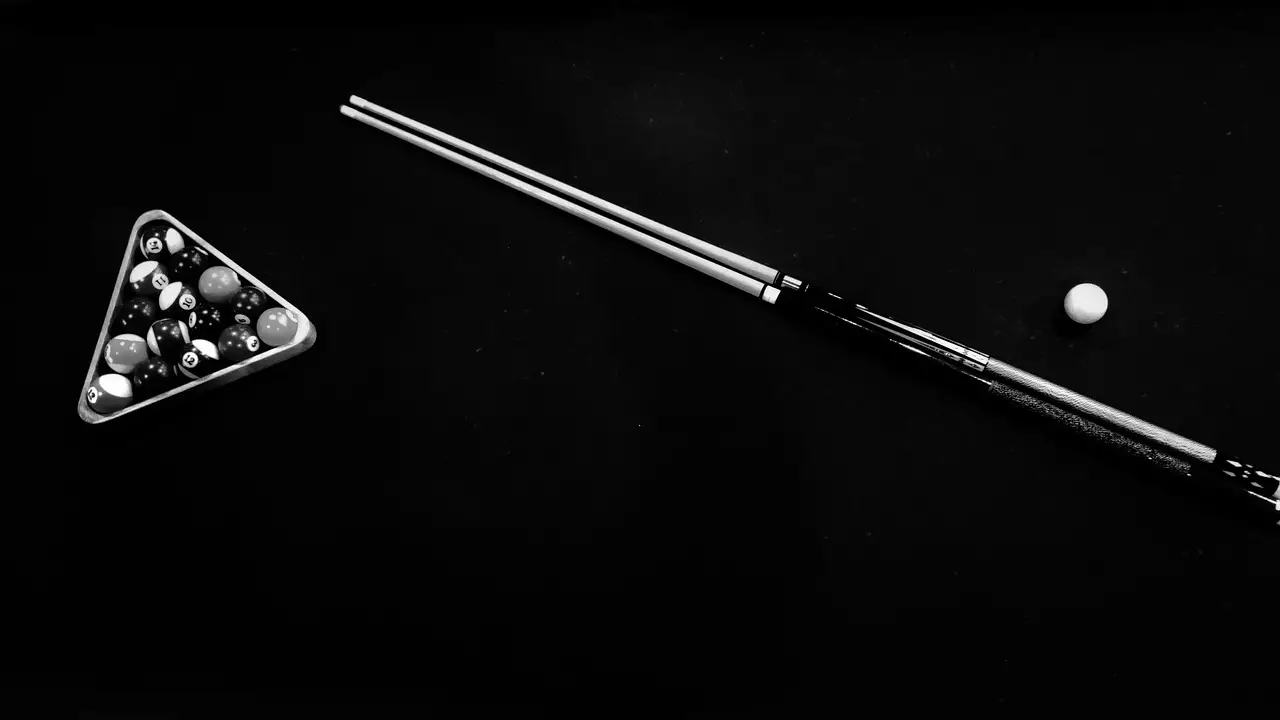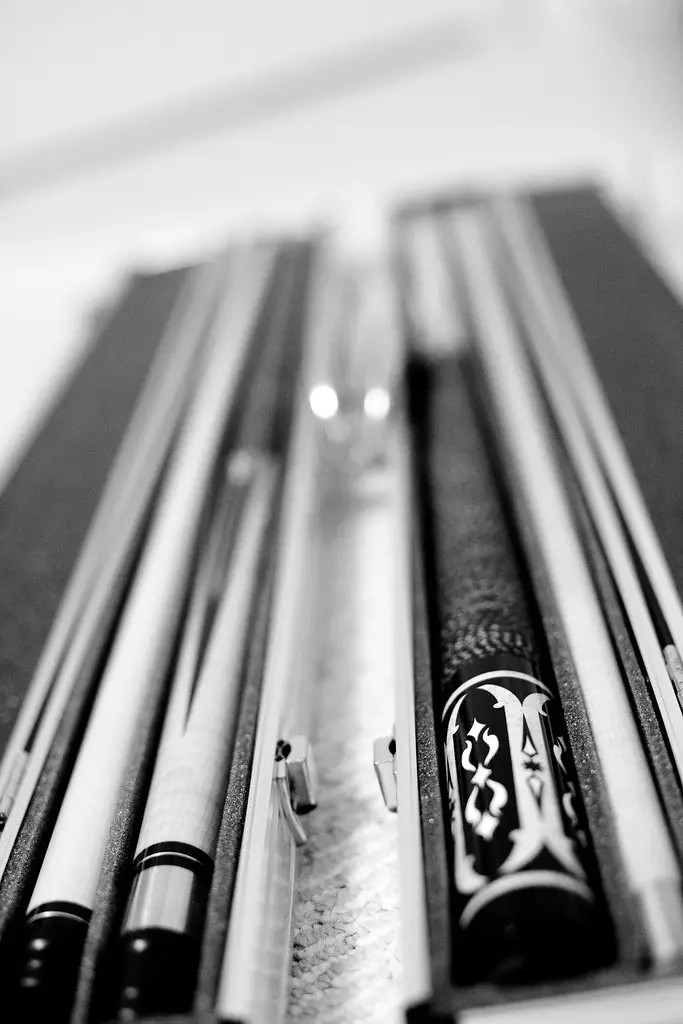
Storing Cue Sticks: Best Practices for Long-Term Care
Billiards isn’t just a game; it’s an art-form, a science of angles, and an exercise in precision and accuracy. One’s relationship with a cue stick is personal, a trusty companion that, when cared for properly, can enhance the play and enjoyment of the game. Unfortunately, many enthusiasts undermine their investment in cue sticks by neglecting proper storage. In this extensive guide, we will address the critical factors to consider when storing your cue stick for the long haul.

Why Proper Storage Matters
The longevity and performance of your cue stick are directly influenced by how you store it. Improper storage can lead to warping, chipping, or a general degradation of the wood over time. Even if you own a less expensive cue, the lifetime cost of maintaining poor storage habits can outweigh the initial purchase price.
When cues are left in suboptimal conditions, the wood can warp due to changes in moisture content and temperature. Humidity or dryness can also lead to splitting. Assembly cues, which include multi-part cues and those with high-end joints, can suffer the added risk of thread damage when stored improperly.
Common Mistakes to Avoid
One of the most common mistakes is leaning your cue against a wall, table, or ceiling. This can lead to bowing and the eventual permanent warping of the shaft. Another issue is exposure to direct sunlight, which can fade the wood and weaken it over time. Also, avoid storing your cue in a damp basement or near a heater, as extreme temperature changes and humidity can wreak havoc on the wood’s integrity.
Best Practices for Cue Stick Storage
Proper storage is the unsung hero in maintaining the quality of your cue stick. Here, we outline the best practices for ensuring the longevity of your billiards buddy.
Proper Cleaning Techniques
Before you stow your cue away, it’s important to always clean it. We recommend a simple, non-abrasive cue cleaner. Dampen a clean cloth with the cue cleaner and gently wipe the shaft and butt down, being careful to remove chalk and hand oils. For a deeper clean, a shaft conditioner can be used to keep the wood from becoming too dry. Finish up with a gentle rubdown using a microfiber cloth to polish and remove any remaining dust.
Suitable Storage Conditions
The environment in which you store your cue is crucial. Ideal conditions include a temperature between 65-75°F (18-24°C) and a relative humidity of around 55-60%. If you live in an area with extreme seasonal changes, consider investing in a home dehumidifier to maintain consistently controlled levels. In damp or humid environments, storing your cue with desiccant packets can help absorb moisture.
Using Protective Cases
The use of cue cases cannot be overstated. They shield your cue from environmental hazards and physical damage. Hard cases are best for long-term storage, providing a protective layer that reduces the cue’s exposure to outside elements. Soft cases, while handy for transport, don’t offer the same level of protection against impacts or minor squeezes that can lead to damage.
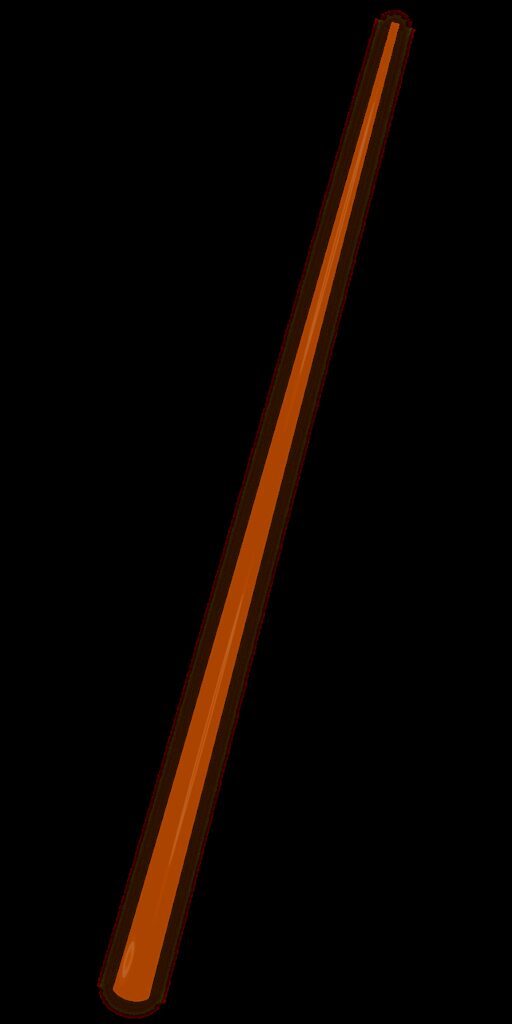
Maintaining Cue Stick Performance
Storing your cue properly is only half the battle; maintaining its performance is equally important. Regardless of storage, cues should be inspected and cared for regularly.
Tips for Regular Maintenance
Regularly inspect the shaft for any signs of wear, such as scratches, dents, or dings. These can affect the cue’s action and require quick attention. Also, check the joint and ensure it’s clean and functioning smoothly. Use a small amount of cue wax to keep the screw threads smooth and prevent them from sticking.
Importance of Tip Care
The tip is the most critical element of your cue for in-game performance. Regular use can flatten it, which will affect the cue ball’s spin and deflection. Ensure your tip is shaped properly using a tip shaper tool, such as a scuffer or tip pick, and maintain the desired firmness by applying a pinch of chalk after shaping.
Conclusion
Cue stick storage is an often overlooked aspect of billiards care, yet it is critical in maintaining both the quality and performance of your cue. By following the best practices outlined in this guide, you can ensure your cue stick remains in top condition for years to come. Remember, a well-cared-for cue is not just a tool, but a reliable partner in your game. Take the time to store it right, and you’ll enjoy smooth shots and satisfying games, every time.

